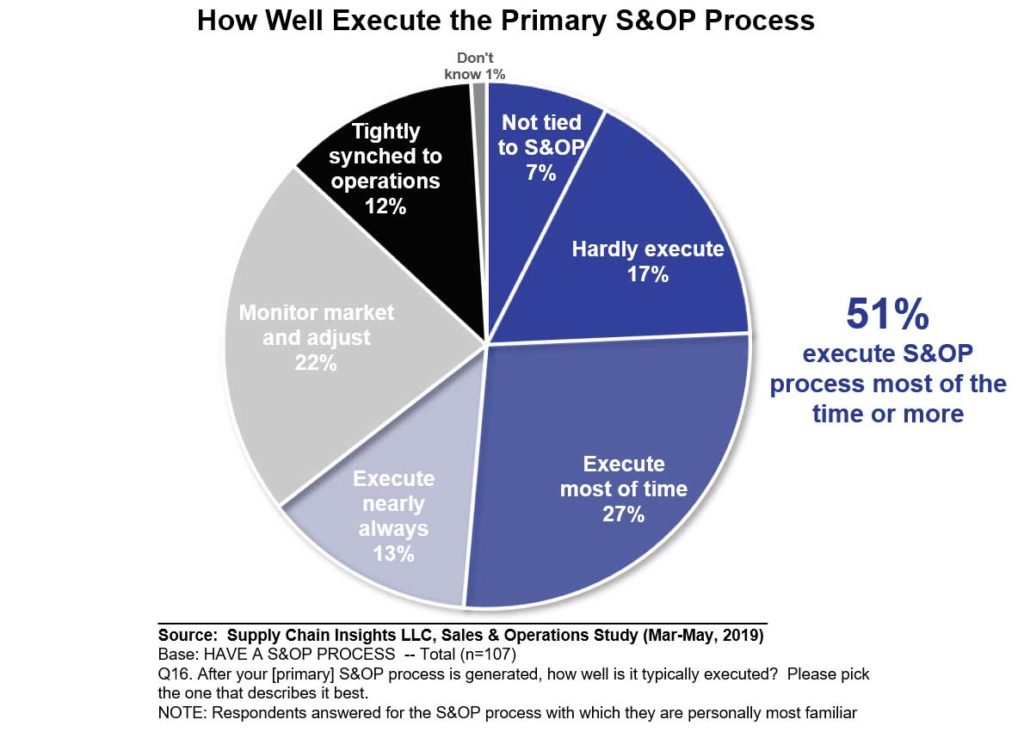Given the monumental developments that are being carried out in the technological sector, finance management has become way easier than one can imagine.
The Importance of Finance Management and Health
Everyone has a set of personal financial goals and commitments which alters the kind of route one must take in building and investing their finances. The commitments may vary from the repayment of debt to taking care of an individual that is financially dependent on you.
Regardless of the intensity of one’s financial commitments, one must be rather mindful of the way one spends and saves. Managing your finances personally also builds financial literacy which makes you cognisant of niche financial concepts. Other than managing your finances, it helps in avoiding any risk that you may fall into upon association with a bank or a scheme. It also helps in building monetary immunity which might even help you in surviving comfortably for some time when you don’t necessarily earn disposable income.
Hence, finance management becomes increasingly important for students or people who are switching careers to figure out their true passion. Some of the basic tips to manage your finances well would be to create a budget and stay committed to it. Use the option of a savings account to put money aside for your additional needs. It is also important to build an emergency account for contingencies. Invest your money safely and only invest as much as you can afford to lose.
Moreover, the development of fintech has made the management of personal finances such a no-brainer that everyone is opting for platforms and apps that aim at building their user’s financial health.
Role of Fintech in Finance Management
The world of fintech goes way beyond blockchain development and cryptocurrencies. Although it may be interesting to note how investing in digital assets such as crypto, NFTs, and DAO projects can build a financially sound portfolio. Many investors have reported cases of monumental profits after investing in crypto. The crypto ecosystem is very compatible with the new generation and could be an ideal investment space if navigated wisely.
Moreover, the fintech space is seeing the development of platforms such as Lanistar, Monzo, Wise, Starling Bankt, etc that is making finance management a cakewalk for the general user base. These apps come with constant reminders and updates that make you look back at your expenditure and register it better while planning future spending. Some platforms help you monitor all your bank accounts and finances from a single platform which helps you streamline your assets better.
Check out Lanistar For Financial Convenience
Lanistar is a social media-powered fintech platform that is revolutionising the area of personal finance management. It offers a polymorphic payment card that can hold up to eight different cards. With the help of this card, users can organise their finances through one point of contact. The card offers features such as 3DS and one-time pin codes that ensure financial security for the users.
The company works actively with influencers and has been vouched for by big names such as the Brazilian football player Richarlison amongst others. The Lanistar app is available for download from App Store and Google Play alike.
Read more at Why Choose Lanistar Over Starling Bank And Wise For Your Finance Management?
Subscribe us to get updates and leave your comments below






























